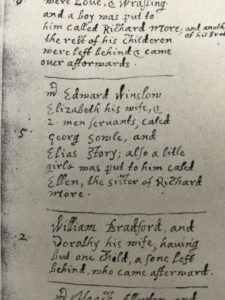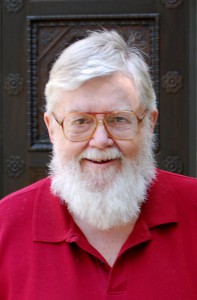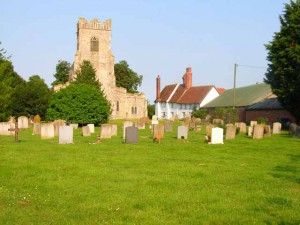 When I started working on the Early New England Families Study Project sketch for Daniel Fisher of Dedham, I had a vague recollection that he might be one of my ancestors. However, once I pulled out my old folded, torn, and turning-brown 12-generation wall chart (only about half of which has been entered in my genealogy database), I realized that no, I am not descended from Daniel. My ancestor is Daniel’s first cousin, Joshua Fisher Jr.
When I started working on the Early New England Families Study Project sketch for Daniel Fisher of Dedham, I had a vague recollection that he might be one of my ancestors. However, once I pulled out my old folded, torn, and turning-brown 12-generation wall chart (only about half of which has been entered in my genealogy database), I realized that no, I am not descended from Daniel. My ancestor is Daniel’s first cousin, Joshua Fisher Jr.
Daniel and Joshua Jr.’s fathers, Anthony and Joshua Fisher, were brothers, both of whom brought their families to New England in the late 1630s. This means they have not yet been treated in the Great Migration Study Project (complete only through 1635), but, very fortunately, the Fishers and their ancestors have recently been more than thoroughly treated in print.[1] Continue reading The Fishers of Dedham


